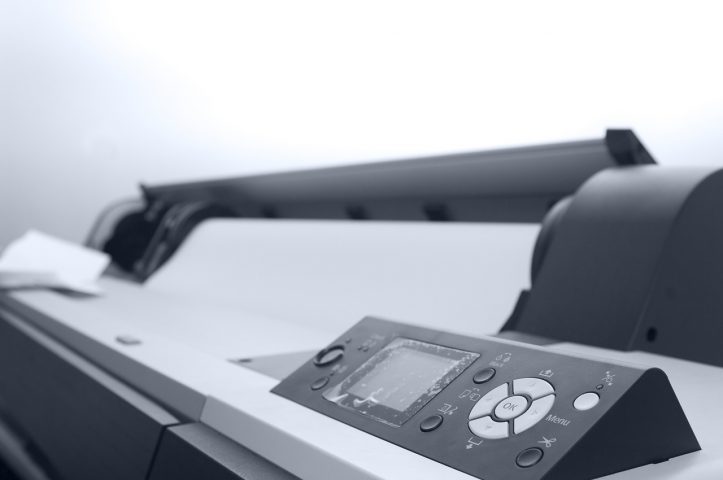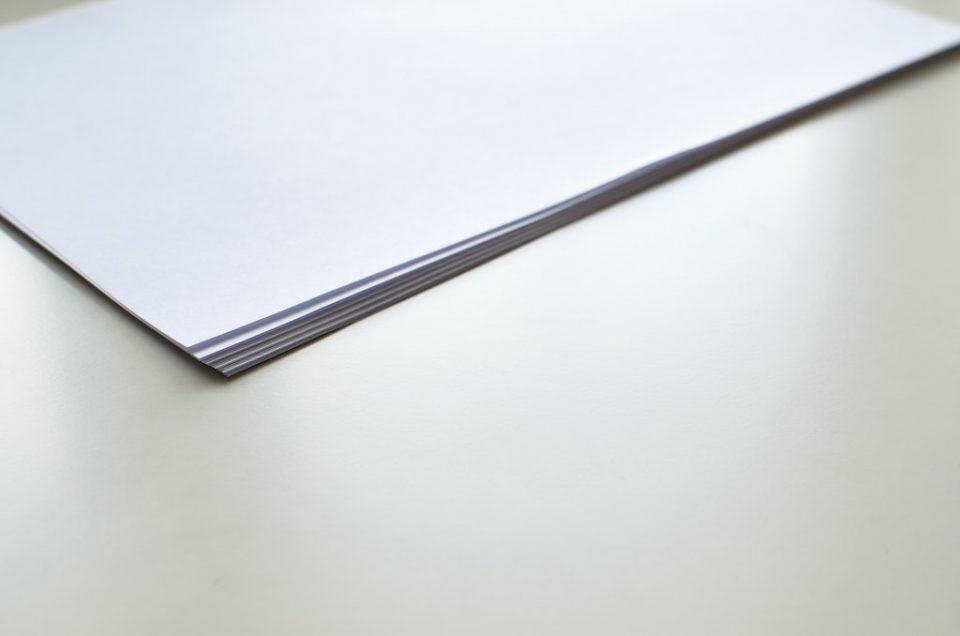Choose Your Next Printer

National Newspaper Carrier Day
September 4, 2019
How to prepare a document for a print shop
September 18, 2019
The lines are blurring between office printers and home printers – and the sheer volume of choice is making it increasingly tricky to know which printer is right for your needs. Business Optimizer gives you the low down on how to choose your next printer.
In the past, the decision about choosing a printer was easy: laser printers for the high-volume, single-color print jobs that most office environments churn out; inkjets for the low-volume, full-color printing of home users.
However, as color laser printers become more affordable and eco-friendly inkjet models have appeared on the market, the choice isn’t quite so straightforward. It is, therefore, more important than ever to understand how you will be using the printer before deciding which one to purchase.
The questions you need to ask before choosing your next printer
How many pages will you be printing each month?
Laser printers are designed to handle large workloads – even as much as 20,000 pages per month. If you are printing at this kind of volume, an inkjet isn’t going to have the durability you need.
How does this total amount break down into color and black-and-white printing?
If you have high volumes of single color printing, investing in a traditional office laser printer will be a good option for you. If you are also printing color at smaller volumes, you might want to consider investing in a separate full-color inkjet printer to which you can direct the color print jobs.
How much do you want to spend?
A good quality inkjet printer for home office use can be purchased at a very reasonable price – but this may be offset by the running costs and the speed of printing over the long-term. In many cases, the ongoing cost of ownership is more significant than initial machine costs.
What are the ongoing costs of ownership?
You’ll need to compare the volume and cost of ink cartridges and toners against how often you will need to replace them. Traditionally, laser printers cost more upfront but were cheaper to run. However, innovations in inkjet cartridges for office-grade inkjet printers – like Epson’s Ecotank range – mean that per-page printing cost comparisons aren’t always so clear cut these days.
It’s also worth bearing in mind the power consumption of the machines, as this can also be considerable, especially for large-scale laser printers.
The additional features you need to consider when choosing a printer
As well as the traditional considerations of volumes, price, and durability, you’ll need to make a list of the other “must have” features for your office. These might include, but are not limited to:
- Print quality and resolution – consider also how your choice of paper may impact print quality.
- 3-in1 – do you need the printer to support print, copy, and scan jobs?
- 4-in-1 – as above, plus fax?
- How many paper trays do you need – do you require separate trays for letterheads or colored papers?
- Paper size – are you limited to A4 or do you need an A3 tray too?
- Paperweight – do you need the printer to support printing on thick card or photopaper?
- Media tray – do you need to print onto CDs or DVDs?
- Double-sided print?
- WiFi or LAN – how do you want to add the printer to your office network?
- Data transfer rates – for high-volume-print environments, support for Gigabit Ethernet or IPSec networking is desirable.
- Compatibility – do you need to support Apple AirPrint or Google Cloud print?
- Security – what embedded management features does the printer offer? What document security features does it support?
- Environmental features – e.g. ink optimization settings to default to double-sided printing and draft quality?
Once you have a list of essential features, you can begin to marry these up with printer models. Keep an open mind about whether laser or inkjet is best suited to your needs.
Most importantly, consider whether all the features need to exist within a single machine. Given the low cost of hardware, it may be the case that choosing different printers will help you meet your printing needs more cost-effectively over the long term.




